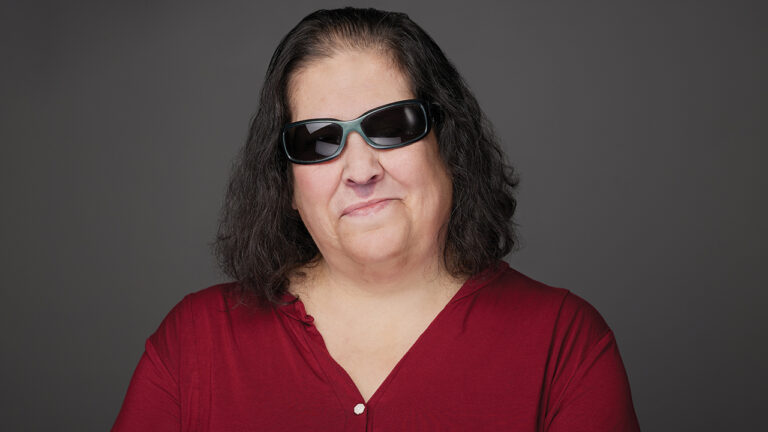September is Cortical Visual Impairment Awareness Month. This visual impairment affects children ages one to three in the United States and other developed countries. Cortical Visual Impairment (CVI) can develop before, during, or after birth. Early intervention after diagnosis is imperative.
Cortical Visual Impairment also referred to as cerebral visual impairment, neurological visual impairment, or, more simply, brain damage, occurs when a patient suffers a brain injury. Visually, they can see, but the connection between the parts of the brain that interpret images no longer communicates with their eyes. When diagnosed with CVI, children show abnormal visual responses that can’t be attributed to the eyes.
According to The National Eye Institute, CVI can continue into adulthood. Adults can develop CVI, especially after a traumatic brain injury or stroke. However, they don’t technically have CVI because it’s acquired later in life. Veterans who experience visual problems because of combat injuries are at higher risk for Acquired CVI. Locating visual rehabilitation services can aid these folks in making the most of their vision.
Boston Children’s Hospital prefers to use the term “cerebral” rather than “cortical” when diagnosing this impairment. This one part of the brain doesn’t singularly perpetuate blindness in these children. CVI can be caused by shaken baby syndrome or accidental head injuries. The child can also suffer neonatal hypoglycemia infections such as meningitis. Metabolic disorders and epilepsy can also cause blindness.
Diagnosing CVI is difficult. If you suspect your child has visual problems, they’ll need a comprehensive eye exam to determine if the problem is with their eyes. If this initial examination doesn’t find physical eye issues to explain the symptoms, the problem could be with the brain.
When seeing a specialist familiar with CVI, the pediatric neurologist or a neuro-ophthalmologist may request a medical history or a brain scan.
Some common symptoms clinicians look for are:
-
Abnormal light response – light gazing
-
Blunted or avoidant social gaze – This symptom causes concern among most parents.
-
Brief fixations
-
Poor visual acuity
-
Visual field loss
Behaviors reported by parents and educators include:
-
Variable and inconsistent visual responses to the same stimuli
-
Higher responses to more familiar stimuli than unfamiliar
-
Fatiguing from visual tasks
-
Peripheral vision dominates when reaching
-
Colored stimuli showcase higher response than other stimuli
-
Visual attention is held longer for moving objects
-
Vision for navigation is surprisingly better than expected
-
Difficulty seeing an object or image in a busy room or background
-
Reduced responses to visual stimuli when distracted by music or conversation or when they’re touched.
If a child exhibits one or two of these behaviors, they don’t always have CVI. However, if your child has suffered a brain injury and does exhibit these behaviors or symptoms, getting them examined immediately is crucial.
Unfortunately, there is no cure for CVI. However, rapid intervention with visual rehabilitation therapy can help. The good news, however, is some children experience improvement in their vision. School-aged children with CVI will need a functional assessment performed by a Teacher of the Visually Impaired (TVI). A personalized treatment plan will be designed based on the teacher’s observations, including what stimulation will benefit them. Whether it be mostly touch, sound, or visual stimulation–or all three–this plan will assist the child in using what vision they do have.
Although it’s challenging to diagnose and untreatable, children with this permanent visual impairment can learn to grow and play. They may require different stimulation to interact with others, but the world can still be accessible.
If your child or loved one has CVI or any other visual impairment, having them involved with other youth can help them feel included. Browse our website to learn more about your adaptive tech programs, events, and other resources.



